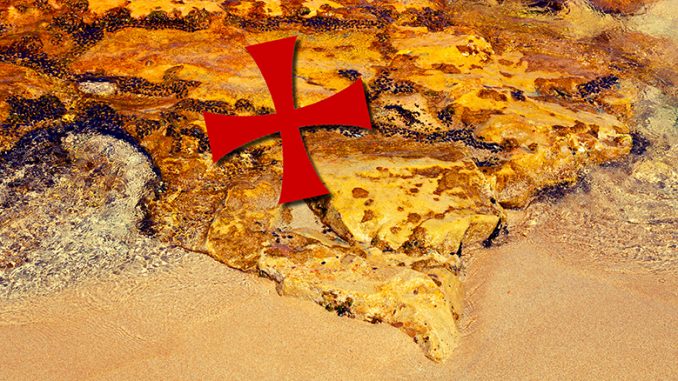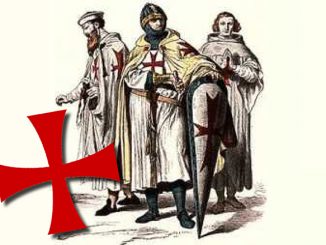
To understand the connection between the Templars and Cyprus, it is important to explore the events leading up to the Third Crusade.
On July 4th, 1187, Saladin successfully defeated the armies of Guy of Lusignan and captured Jerusalem from the Christians. This event prompted Germany, France, and England to strategize on how to regain control of the Holy Land. A key element in their plan was to secure a port, and that port became Acre. The forces of the three nations launched an attack on Acre, with King Philip of France sailing directly to the port and King Richard the Lionheart facing setbacks along the way.
Richard’s ships encountered heavy storms, and some were shipwrecked near Cyprus. Isaac of Cyprus took the surviving crew members as prisoners. Furious at this injustice, Richard laid siege to the island, leading to its eventual surrender. However, Richard saw Cyprus more as a liability than an asset and sought to offload it.
Here enters Robert de Sable, a prominent Templar Master known for his influence. Robert had successfully lobbied the Pope to issue the bull “Omne Datum Optimum,” which greatly benefitted the Templars. Seeing an opportunity, the Templars offered to buy Cyprus from Richard.
Richard agreed to the deal, with the Templars paying 100,000 bezants, of which 40,000 bezants were given as a down payment. The fact that the Templars could afford such a substantial sum after suffering losses at the Battle of Hattin indicates their significant wealth. Cyprus was a valuable asset due to its strategic location in the Mediterranean.
However, the Templars faced challenges in properly occupying the island with their limited manpower. The small garrison, led by Armand Bouchart, struggled to administer the island effectively. Templar arrogance and mistreatment of the local barons and citizens led to a revolt. The garrison sought shelter in the Templar castle and launched a violent counterattack, suppressing the revolt temporarily.
Realizing the ongoing instability, it was decided that Cyprus should be sold. Robert de Sable approached Richard, who was not interested in reclaiming the island. Richard eventually sold it to Guy of Lusignan, supported by funds from Italian merchants who sought future trading favors in return. Although the Templars did not fully recoup their down payment, they were allowed to retain their castles and properties on the island.
After the fall of Acre in 1291, Cyprus became the central base for the Templar Order, serving as the residence of Grand Master Jacques de Molay until his imprisonment in 1307. While the Hospitallers and Templars found refuge on the island, they were not permitted to acquire additional land. Nonetheless, the Templars used Cyprus as a base for their financial and commercial pursuits.
In 1296, Pope Boniface VIII granted the Templars tax-exempt status on exports and imports to and from Cyprus. This privilege mirrored the exemptions they enjoyed in other locations.
The Templar presence on Cyprus lasted until 1571 when the Ottoman Turks invaded the island and destroyed the Templar archives. This loss was a significant blow, as the surviving documents could have provided valuable insights into the history and mysteries surrounding the Templars.
About Us
TemplarHistory.com was started in the fall of 1997 by Stephen Dafoe, a Canadian author who has written several books on the Templars and related subjects.
Read more from our Templar History Archives – Templar History



